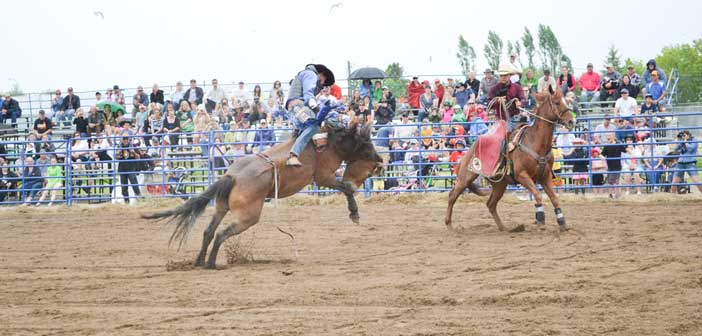Lightning safety and preparedness
When thunder roars, go indoors! Every year in Canada, lightning can cause as many as 10 deaths and 164 injuries. You can avoid a tragedy like this by taking a few simple precautions. If you can hear thunder, you can get hit by lightning. Take shelter immediately. If you cannot find a sturdy, fully enclosed building with wiring and plumbing, get into a metal-roofed vehicle. Stay inside for 30 minutes after the last rumble of thunder. Direct strikes are responsible for only five percent of lightning-related deaths and injuries. Two other types of hazardous phenomena are caused by lightning. Ground current and side flash account for 60 to 80 percent of lightning-related injuries and deaths. A ground current is set up when lightning hits the ground, spreads out and sends a current through a victim. Side splash occurs when lightning hits a tall object, travels partly down the object and then jumps to a nearby victim. First aid for lightning victims:
• Lightning victims do not carry an electrical charge and can be safely handled.
• Call for help. Victims may be suffering from burns or shock and should receive medical attention immediately. Call 9-1-1 or your local ambulance service.
• Give first aid. If breathing has stopped, administer cardio-pulmonary resuscitation (CPR). Use an automatic external defibrillator.
Tips for mineral feeding on pasture
1) Use sheltered mineral feeders and supply quantities that will last no longer than 5 days.
2) Some producers mix a dairy premix (usually salt free, and often higher in trace minerals and vitamin levels than “free choice” cattle minerals) and cobalt iodized salt, at a blending rate of 1:1 salt/premix or 1:2 salt/premix depending on pasture conditions and water availability.
3) Choose the mineral suitable for your pasture type. Grass based? Use higher calcium mineral like 3:1 or 2:1. Mixed legume/grass? Use a balanced mineral, typically 2:1 or 1:1. Heavy legume? Consider a 1:2 mineral.
4) If additional phosphorus is required (such as near breeding time), consider a flavoring agent mixed in the mineral.
5) Evaluate the magnesium levels required. Normally a 4% magnesium content mineral is adequate but in the case of fast growing grass pasture, higher levels may be required to avoid grass tetany.
6) As with all animal nutrient requirements, have a qualified nutritionist review your pasture feeding and mineral program.



